Best motorcycle base-layers
Published on: 07 May 2020
Now just about ever motorcyclist has heard about layering, and about base layers and mid layers, but layers are not widely understood, and few truly appreciate the benefits of effective layering. Most bikers erroneously think that layering will only bring them benefits if they’re riding huge distances in extreme conditions.
But the fact is that modern, technical clothing only works properly, the way it should, if you wear the right base layers. We get a lot of customers here in the shop in Guildford who will think nothing of spending a grand, or even two grand, on a suit because they have read rave reviews about it. Safety will always be part of the equation, but a lot of people will have chosen their suit on the basis that they believe that it is going to keep the dry when it rains, warm when it’s cold and cool when it’s hot. The problem is that you will diminish any suit’s ability to do this if you do not wear the correct layers. So you spend a couple of grand on the top of the line Rukka suit, for example, and you then turn into something far less capable by wearing the incorrect layers beneath it.
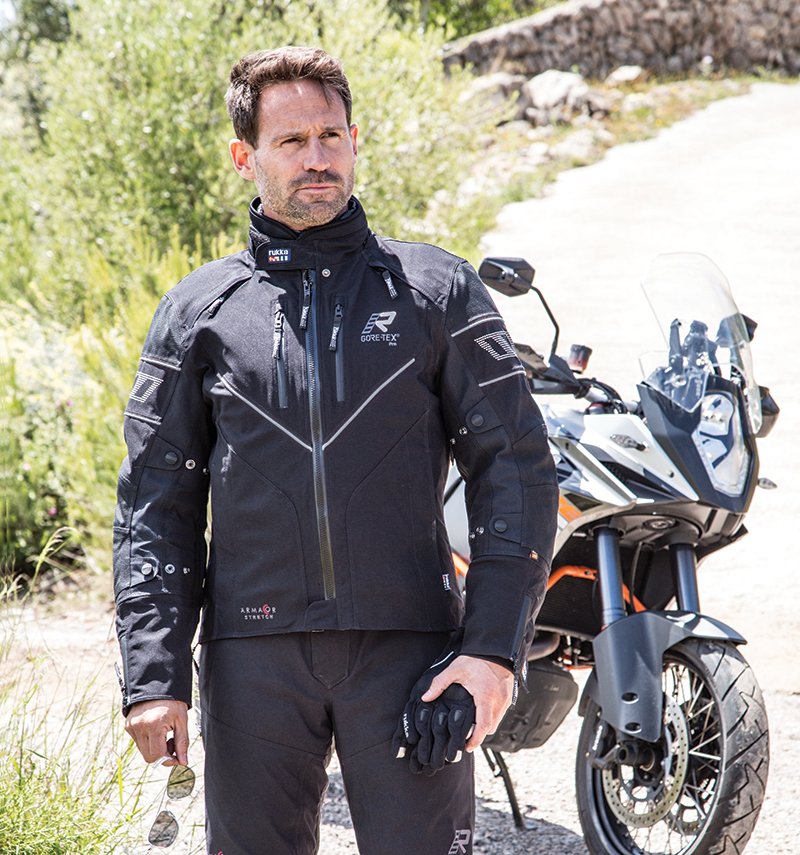
Wearing the correct motorcycle base layers is all about breathability.
The membrane in any waterproof garment comprises millions of tiny holes. These holes are too small to allow large water droplets to pass to the inner side of the garment, but are large enough to allow your sweat, once it has been transformed into vapour, to escape to the outside.
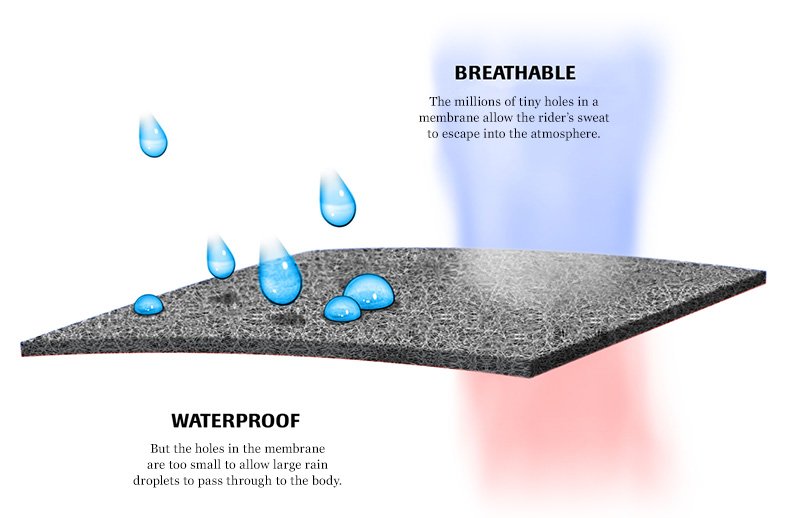
This is how a membrane works. If all you wanted was to stay dry, you could, of course, simply line a jacket with a plastic sheet; it would actually be totally waterproof, but because your sweat would be trapped inside the garment you would merely get wet from the inside. And so, in order to get the best out of the membrane in your motorcycle clothing, you also have to make sure that whatever layers you wear do not hamper breathability.
The mistake that most people make is to wear cotton garments beneath their suit. We see this a lot with commuters. Now, for a short journey when it’s not too warm and not too cold, there’s no real problem. In fact, in its dry state, cotton breathes fairly well. But when you begin to sweat, and bear in mind that we all sweat all the time, cotton is not up to the job. And that’s because the long-yarn fibres in cotton absorb moisture. So cotton garments don’t wick moisture. They rapidly lose their breathability when they become wet.
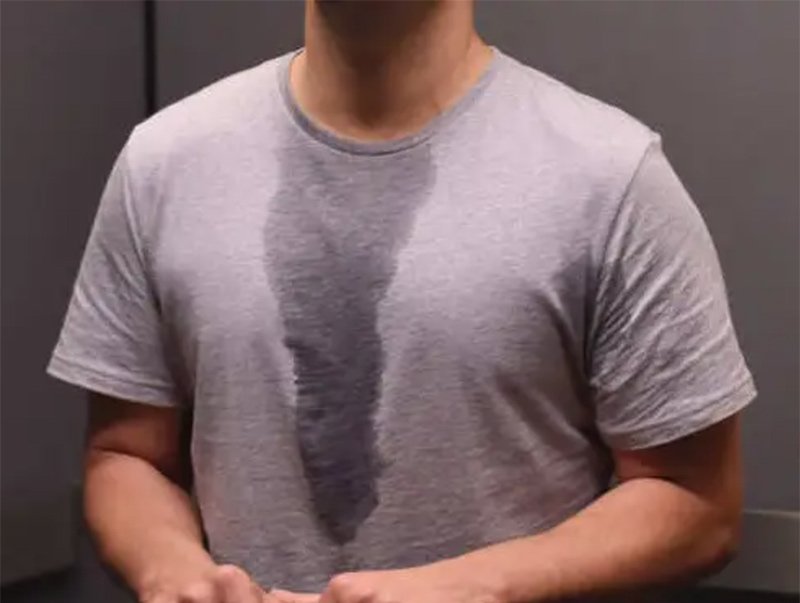
We’ve all played sport in a cotton T-shirt. Those wet patches that develop are evidence of moisture absorption. When this happens the body loses its ability to cool down. Sweating is the body’s natural way of regulating temperature, but your skin cannot use sweating to cool the body down when, sat next to the skin is a soaking wet garment. In this scenario, the body effectively loses its natural ability to cool itself down.
But there’s another problem that arises from having a wet base layer. Let’s say it’s later in the day, and the sun has gone down. It will be colder outside your motorcycle jacket than it is inside it. This will lead to a process known as ‘evaporative cooling‘; basically sweating by another name. As the moisture is turned from a liquid state into a gaseous one, the energy required to enable this to happen generates heat. This heat is extracted from the skin, and this will cause the body’s temperature to drop further at at time when you’re already feeling cold. This will cause you to feel very wet and clammy. In extreme conditions this can cause hypothermia. It’s why in Scandinavian countries no self-respecting snowmobiler would ever wear a cotton layer. If the temperature drops below a certain level that moisture trapped between the skin and the outer garment can turn into ice. It can literally be a killer!
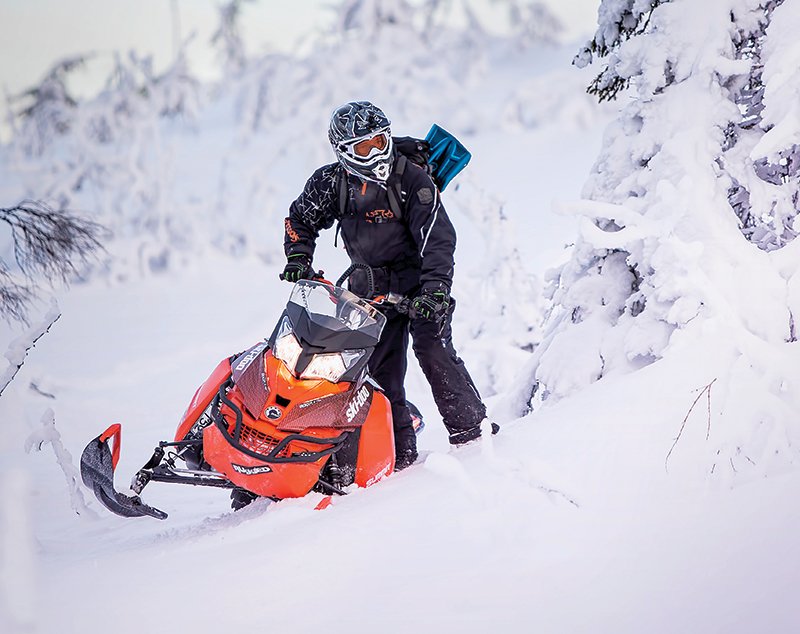
What is a motorcycle base layer?
A base layer is what you wear directly next to the skin; so called because it forms the base of the layering system. Its main purpose is to enable moisture to wick away from the body. A base-layer should not absorb moisture, and must be fast drying. Base layers can be made from all kinds of fabrics, but in a layering system a Polyester construction works really well.
In the summer, when it’s hot, or when you’re working hard on the bike, this may be the only layer you need. Your overall level of comfort might be dictated by whatever jacket it is you’re wearing over the top, but the job of the base-layer is still the same; to keep the body as dry and cool as possible.
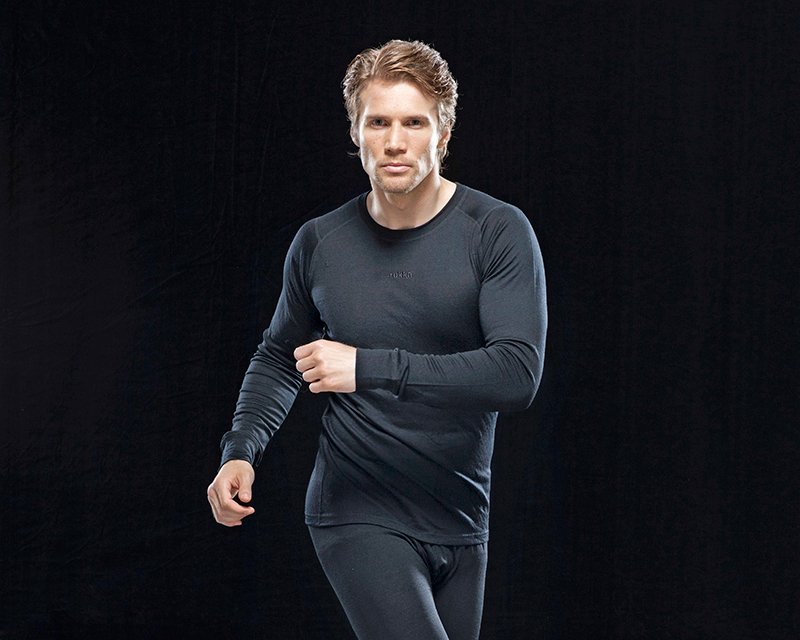
A good base layer, a dry base layer, can also help prevent stickiness and chaffing, preventing the outer garment, or mid-layer, from rubbing uncomfortably against the skin. We’ve found a good base layer to be really helpful, for example, for 0those people who wear Rokker’s laminated waterproof jeans. The jeans are brilliant, but in hot weather they can become a bit sticky because the membrane sits next to the skin. But wear a pair of these mesh pants from Halvarssons, and you considerably increase the temperature at which the jeans can still be comfortably worn.
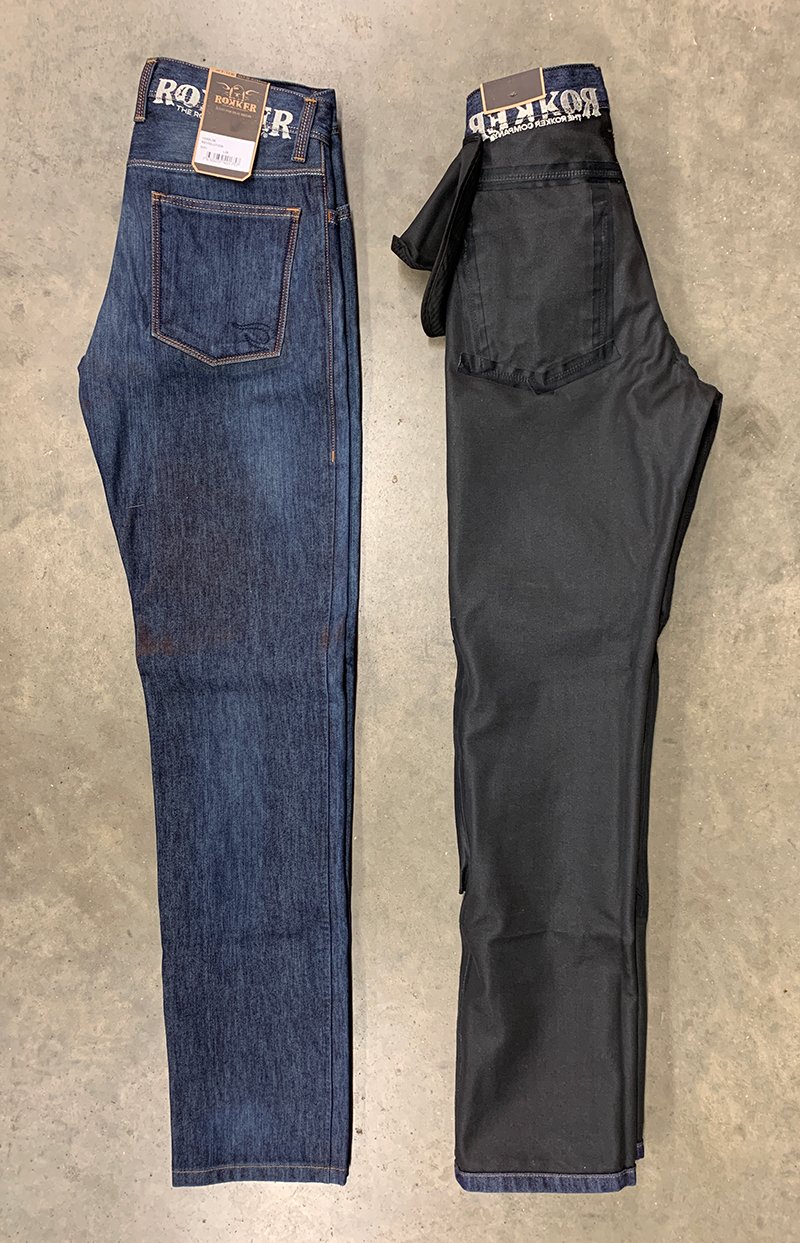
Halvarssons does a mesh shirt in long-sleeve and short-sleeve configurations and a full-length pant. They don’t have any high-tech ingredients like some technical base layers do, but both halves come in at less than £25 a piece, and they do the job. You can pay more, and if you ride in extreme conditions you might benefit from something like one of Klim’s Aggressor Cool layers but, for most of us, most of the time, the Halvarssons mesh base layers are going to prove more than up to the job. Importantly, they will allow the next layer, the mid layer, to perform to its maximum effectiveness.
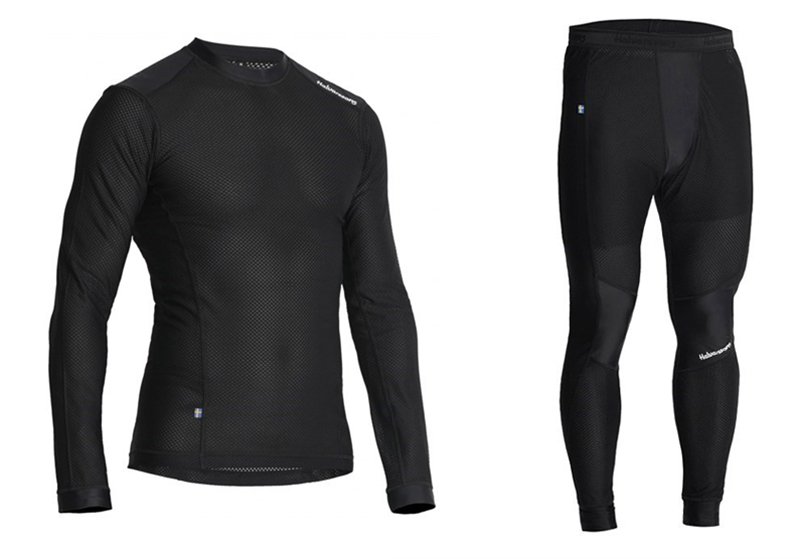
Motorcycle Mid-layers
Here at Motolegends we are fans of Merino wool. It is an amazing fabric with so many qualities. Hot or cold, there will be a perfect Merino solution for whatever your particular needs are. So let’s talk about Merino sheep and the special wool they produce. Merino sheep produce some of the finest and softest wool of any sheep. It is this wool coating that allows Merino sheep to survive and thrive in temperatures from 30 degrees right down to minus 10 degrees.
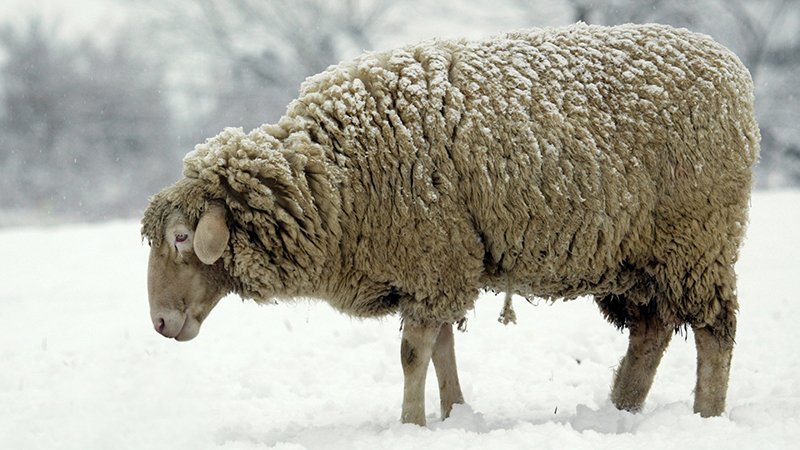
Merino wool is ultra fine. The fibres are half the thickness of normal wool; they’re a quarter the thickness of a human hair. Because the fibres are so thin they don’t cause a itching; they mould to the body, and that makes Merino garments supremely comfortable to wear. This means that you can even wear some weights of Merino as a base layer, but with a heavier weight of Merino, we still prefer the idea of a Polyester base layer beneath it.

It’s the extraordinary fineness of Merino wool that also contributes to its wicking properties. Moisture wicks through a fabric by means of what is known as a capillary action. This capillary action allows moisture to be transported through the narrow spaces between the strands of a woven fibre. Now because the fibres in Merino are so thin there are more spaces between them, and this allows the moisture to wick more effectively than with any other natural fabric. When this moisture is transported to the surface of the fabric, it is free to evaporate.
But Merino is also a fabulous fabric to wear if you’re looking to stay warm, and there are a number of reasons for this. As we’ve said, Merino fibres are super fine. This means that when they are woven to create a fabric, there are more air pockets, and these trap in the heat to keep the wearer warm. There is also a natural crimp in the Merino fibre that accentuates this effect.

Merino also generates heat from a process known as sorption. In theory, all fabrics do this, but again because merino wool is so fine it does it better than other fabrics. Sorption occurs at a molecular level. As the hot sweat is absorbed by the Merino fibres it is converted from a gas into a liquid. This process requires energy that, as a by product, generates heat. And, as we’ve said, with Merino heat is held in the air pockets between the fibres more effectively than it is with any other natural material. Finally, because Merino wool is so fine it has to be woven more tightly, and this makes Merino a great insulator.
There’s another quality to Merino wool that causes it to work so well as a mid layer, and it’s that Merino does not become stinky and smelly like other fabrics. Now sweat itself does not smell, but bacteria are drawn to the salts and fatty acids in the sweat. The smell is actually the waste product generated by the bacteria. Bacteria thrives on moisture, and it’s the fact that Merino does not hold as much moisture as other fabrics that partially inhibits the bacteria. But Merino fibres also have scales, and bacteria are more drawn to smooth surfaces, and so the fabric itself has certain anti-microbial properties.. You can wear Merino garments day in day out for far longer than you could any synthetic or cotton garment. If space is ever at a premium, then you need to be wearing Merino!

As with the base layers, we highly rate Halvarssons’ Merino. Their Polo Wool top and Long Wool bottoms are 100% Merino. We don’t know the weight, but in truth it’s more a winter weight. These garments are probably going to be more effective at keeping you warm in the cold than cool in hot weather. The top is £99; the bottom is £89, which we reckon is pretty good value. The equivalents weights from somebody like Ice Breaker are going to set you back quite a bit more.
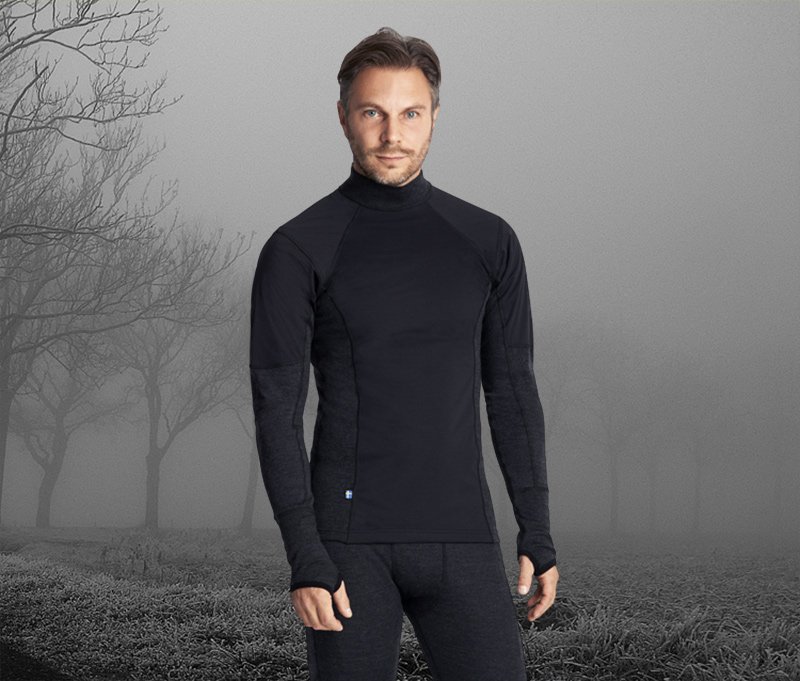
So we’ve talked about base layers and mid layers. We’ve looked at Halvarssons’ excellent and inexpensive mesh, base layers and their Merino mid-layers that, in our view, are more about riding in cooler weather than about riding in warmer weather. But Halvarssons has another range of Merino-based layers that they call their Light Wool range and, in truth, they kind of sit between their mesh base layers and their full-on, colder weather Merino.
The Light Wool is also Merino, but it is a much lighter weight Merino. In fact, it’s so lightweight that you probably wouldn’t even wear a base layer beneath it. In the margin, the Light Merino will not be quite as warm as the full-fat stuff on a cold day, but by the same token it will be easier and cooler to ride in when it’s hot. It’s also infused (39%) with Outlast, the amazing temperature-regulating technology that was developed for the NASA space programme. It will allow the Merino to keep you just that bit warmer in the winter, and that bit cooler in in the summer.
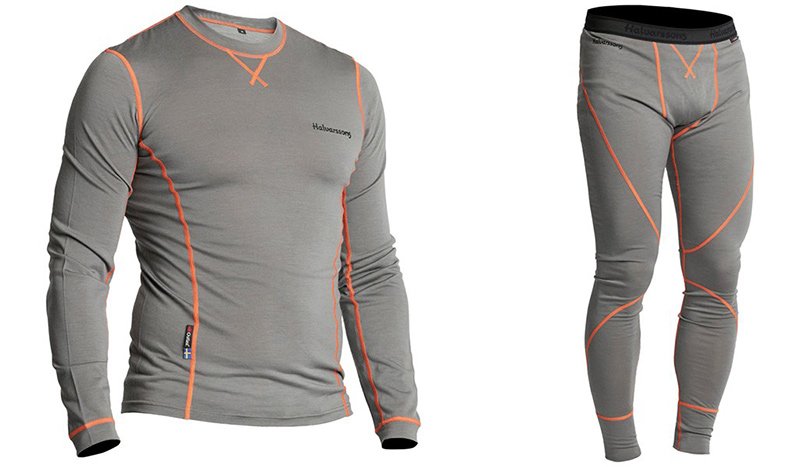
If you wanted to keep it simple and have just one set of base layers it would be these. They’re super comfortable, are as soft as cotton next to the skin, will wick moisture away from the body to help you stay cool, and help keep you warm when the temperatures drops. In our view, these are the perfect layers. You really don’t need anything else. The top costs just £64; the bottoms just £59.
There are lots of base layers out there. We don’t know them all. All we do know is that, like everything Halvarssons produces, their gear does what it says on the tin. You might find jazzier, you might find fancier, you could pay more, but we don’t think that you’ll necessarily find better. And if, currently, you’re not wearing technical base layers at all, any of the layers we’ve talked about here are going to make a huge difference to your riding comfort. And, as we all know, a rider who is comfortable on the bike is a rider who is riding safely on the bike.
For more information and to order online, click Halvarssons motorcycle base layers.
































































